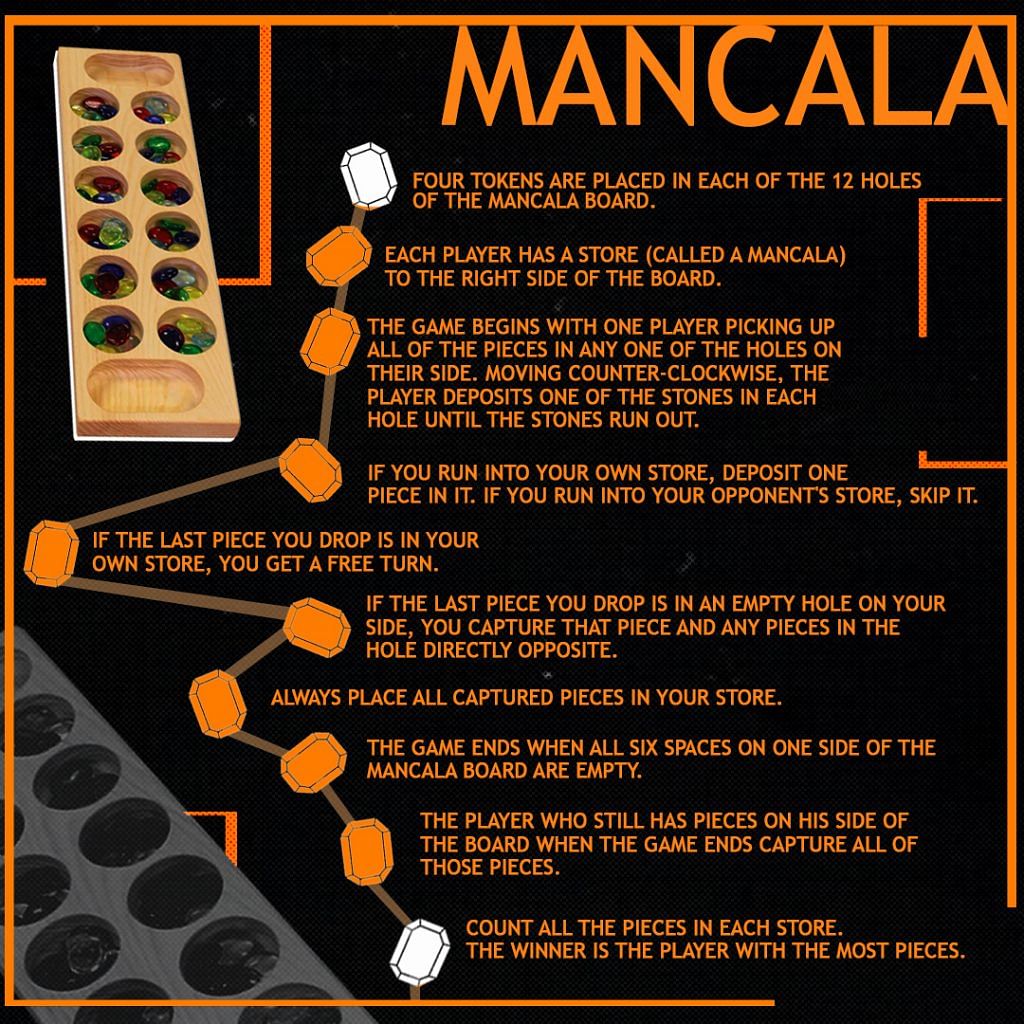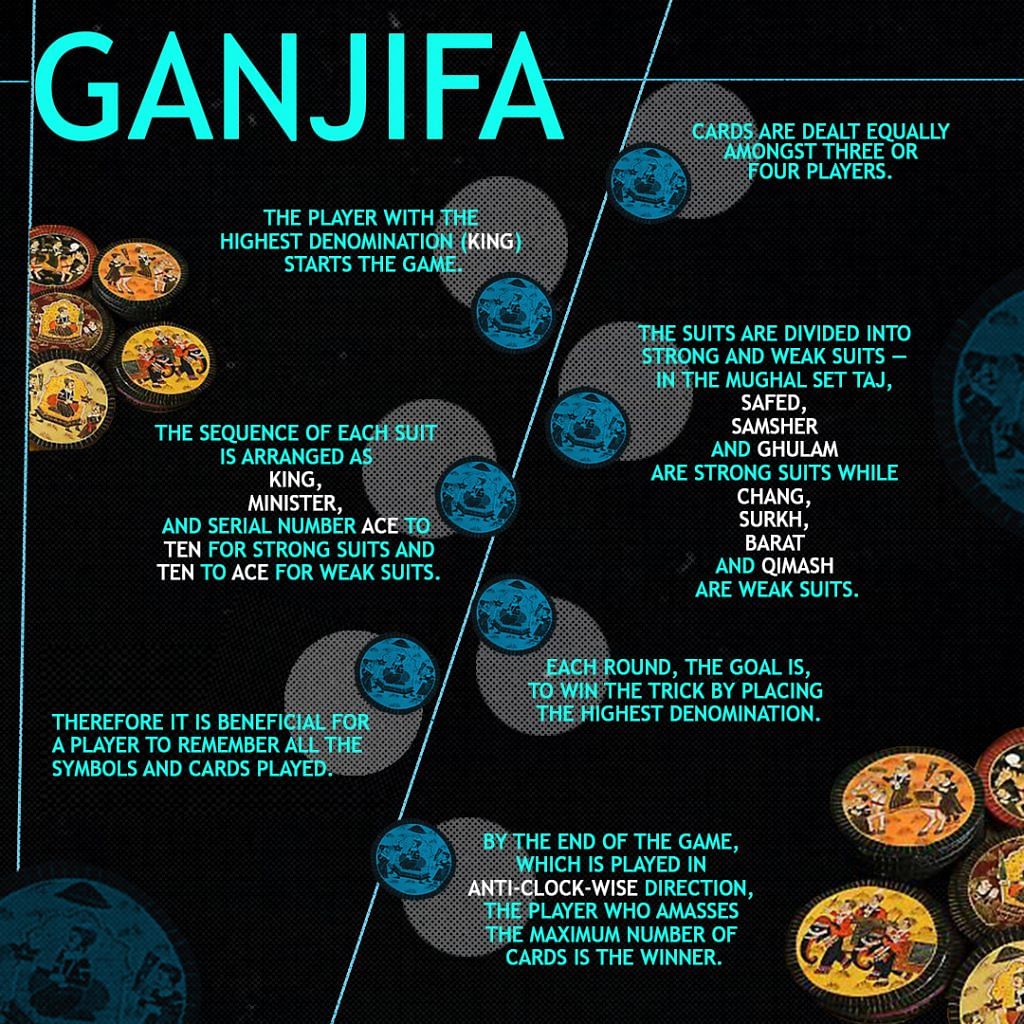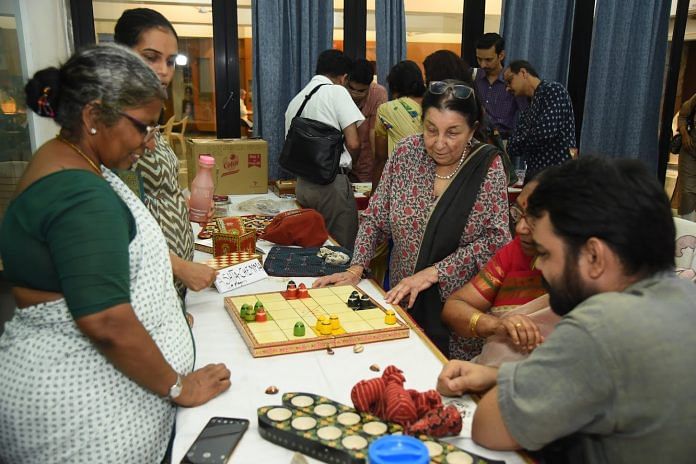New Delhi: “Want to play a game?”
For many of us, that question instantly conjures up childhood memories of long summer months spent playing Ludo, Snakes & Ladders, Monopoly or Bluff.
While little is known about the origins of these much-loved games, there is evidence of different kinds of games in our history and mythology.
Pachisi, which can be traced back to the 16th century, was the game the Pandavas played and lost in the Mahabharat.
Chess and Ganjifa (a card game) have many references in Mughal history, and archaeologists and historians have found multiple instances of 16th and 17th-century temples in India with board games carved on their floors.
Today, board games fall at the bottom of a long list of entertainment for children. The list is dominated by computer games — PS4s and Xbox — TV and now, virtual reality. But, even as technological advancements propel us into a fantastic future, there are some who are working hard to revive and preserve some of India’s centuries-old gaming traditions.
The games to nerd out on
R.G. Singh, a 53-year-old man from Mysuru, started hunting for traditional Indian board games as a way to answer one simple question: how did people entertain themselves before the advent of technology?
“I started my search, just out of curiosity, about 35 years ago. I realised that a lot of cities and villages in south India have games that are indigenous to their regions. So I would try and go to these places and learn about them,” Singh tells ThePrint.
After about a decade of collecting information on games — and some of the games themselves — he was joined by two friends and fellow gaming enthusiasts, Raghu Dharmendra and Dr C.R. Dileep Kumar Gowda.
Together, they set up a blog to document all the different kinds of ancient games they came across and how to play them.
In June this year, the three were invited to speak at Playing with the Past, the first nation-wide conference on ancient and medieval board games of India.
Organised by a team of research associates from INSTUCEN India Study Centre in Mumbai, the event brought together collectors and historians, along with regular, everyday game geeks.
“Games like Chaupadh, Ganjifa, Pachisi, Tigers & Goats, Mancala — these are not just games, they’re part of our heritage. They were an integral part of our folklore and social history as they were a mode of socialising. Hence, they formed the centre of village activity in many regions,” explains Raamesh Gowri Raaghavan, one of the organisers.

The conference saw 100 games being displayed and discussed. These included games like Baghchal (a variant of Tigers & Goats that is played in the northeastern states and in Nepal), Mancala (a mathematical two-player game involving marbles and wooden board, popular in the southern part of India), Mikado (in which you pick your way through a jumble of sticks), Anay Kattu (a strategy-based game also called Man & Elephant, it originated in Kerala), Chaupadh (Ludo) and Saanp-Seedhi (Snakes & Ladders, but with religious references).
Raaghavan explained that at the conference, historians and archaeologists also discussed games that had more serious bearing on people’s lives.
“There was a game called Daya Karam, played in Kanyakumari about 400 years ago, which was played on a 8×7 or 12×9 board, with dice and pawns. This game was believed to attract the rain gods,” says the 38-year-old advertising executive.
Dr Arunima Pati, an archaeologist who researched on Ganjifa (or Dashavatara) extensively for her thesis, says most games like these had serious socio-political effects.

Ganjifa is a gambling game played with colourful hand-painted cards. It has 10 suits and is a trick-taking multi-player game, akin to Bridge game.
Although it was made highly popular in the Mughal era, the actual origins of the game are shrouded in mystery, says Pati. “There are places in Odisha that still manufacture these cards, and that’s where you’ll find players as well. I also found that people from the lower castes weren’t allowed to play, but only make these cards and supply it to the upper castes and nobility,” she adds.
To make it more appealing to Hindus, it was reinvented as Dashavatara sometime around the 17th century.
Also read: Google set to launch ‘Netflix of gaming’ that won’t need pricey consoles, computers
Sacred games of karma, dharma, sin, salvation
Although Ganjifa is that rare indigenous game for which some documentation and historical reference are available, there are many games that have been lost due to lack of proper records.
In fact, games like Mancala, Chaupadh and Saanp-Seedi, can be traced back to the 15th or 16th century. Historians say they might be older, too, but cannot verify it.
“Many of the games we find out about, we don’t know how to play them because they have been handed down via word-of-mouth over the years,” explains Singh, who also conducts workshops across the country on over 20 heritage games.
Raaghavan concurs, and adds: “There are many layers to the history of these games, which was talked about at the conference. For example, there were specific games for men and women. Then, a game like Snakes & Ladders or Gyan Chaupar actually had a lot of religious significance attached to it, especially in terms of Hinduism and Jainism, as the two religions talked a lot about karma and dharma.” Some original specimens of it can be found at the British Museum even today.
Preserving these games for a niche market is one thing, but making them mainstream, especially in today’s times of instant gratification at the swipe of a screen, is quite another.
While workshops are few and far between, games like Chaupadh, Tigers & Goats and even the Tibetan Game of Liberation (similar to Chaupadh, with concepts of sin and salvation) have found new life in the form of mobile applications.
But, the market is still small and niche, says Padmaja Jalihal, who runs Heart of Art, one of the few homegrown online stores that sells traditional board games.
“Most of our customers tend to be NRIs, who are looking to hold on to their traditions and heritage after going abroad, and teach their children about their roots,” she tells ThePrint.
Some schools, especially those catering to special needs children, have shown interest in buying games to help children. INSTUCEN has also partnered with colleges and cafes in Mumbai to introduce these games into pop culture.
Most of these games teach patience, strategy, mental maths and social skills, while also carrying deep historical significance. But Singh is clear. “At the end of the day, these games are about celebrating the innocence of childhood and simply having fun.”



